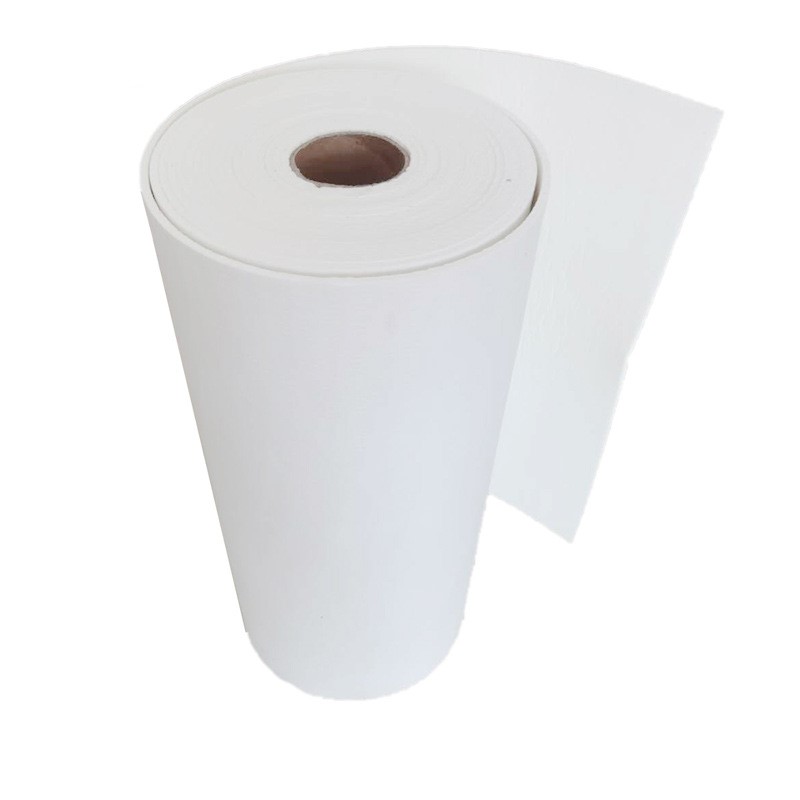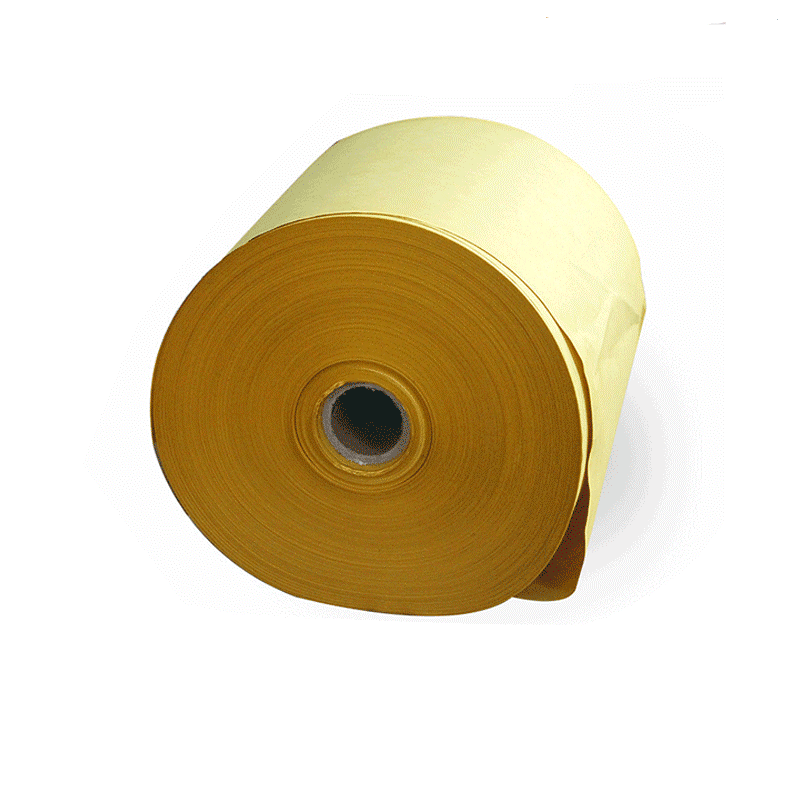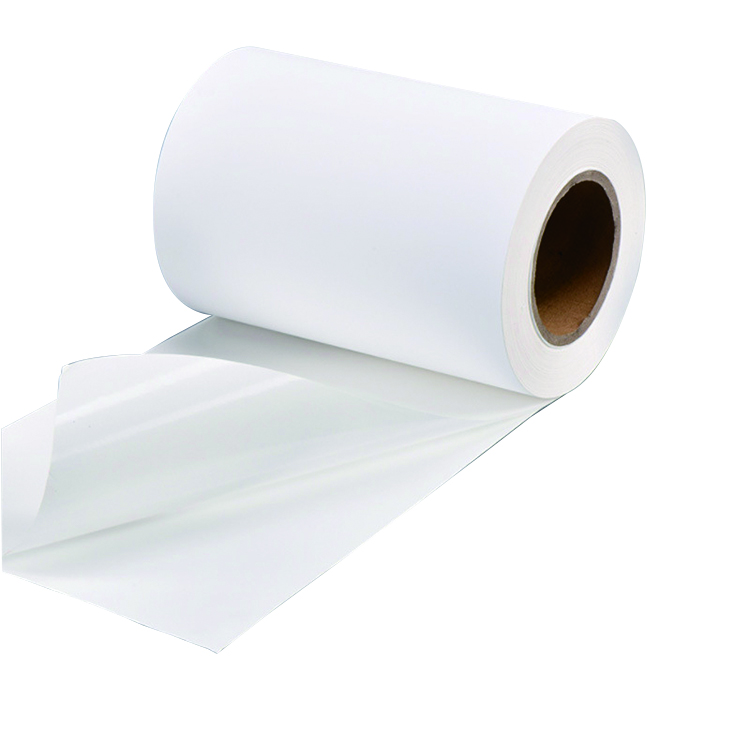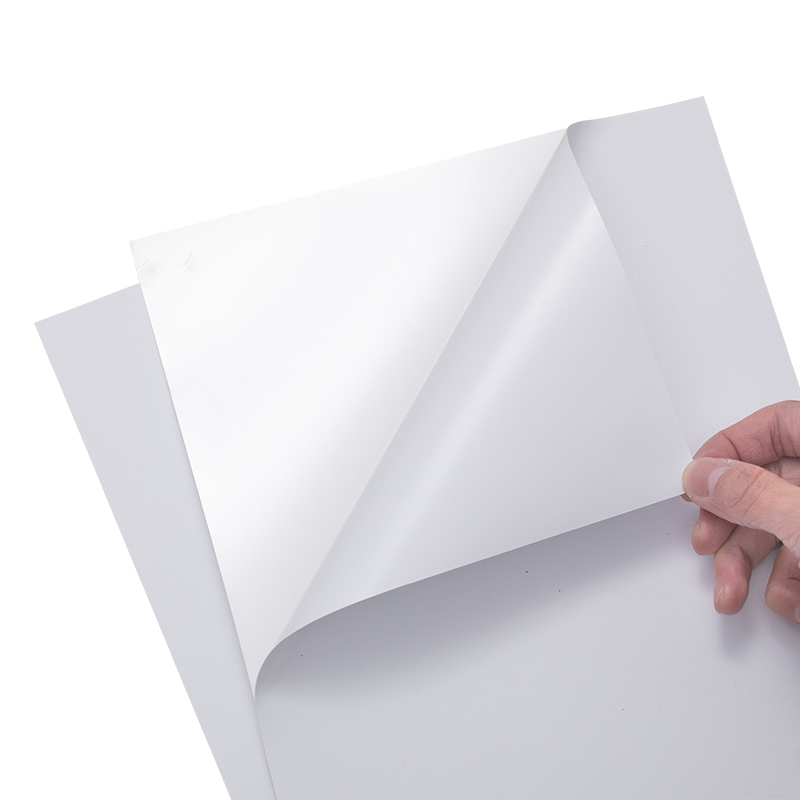The Art of Repairing Sticker Labels: A Comprehensive Guide
**Sticker labels are indispensable in today's fast-paced business world. From product packaging to branding, these labels play a vital role in conveying essential information to consumers. However, in the manufacturing and handling process, sticker labels can sometimes face damages. This guide provides an in-depth exploration of the methods employed within the sticker label industry to repair these damages and ensure the integrity of the labels.
Understanding the Types of Sticker Label Damage
Before delving into the repair techniques, it's crucial to identify the types of damages that sticker labels commonly face. These damages can range from minor tears and creases to more significant issues like adhesive failures and ink smudges.
Repairing Minor Tears and Creases
Minor tears and creases in sticker labels can often be repaired effectively using delicate adhesive solutions. Specialized glues designed for paper products are meticulously applied to seamlessly bond the torn sections together. Careful application and precise alignment are paramount to achieving optimal results.
Addressing Adhesive Failures
Adhesive failures can occur due to various reasons, including exposure to extreme temperatures and humidity. To repair labels with adhesive problems, industry professionals utilize high-quality adhesive compounds that are specifically formulated for different surface materials. The damaged adhesive is carefully removed, and a fresh layer is applied, ensuring a strong and durable bond.
Fixing Ink Smudges and Fading
Ink smudges and fading can compromise the readability and aesthetics of sticker labels. Skilled technicians employ advanced printing technologies and color-matching techniques to recreate the original design and text. Specialized inks resistant to environmental factors are used to ensure that the repaired labels maintain their vibrancy and clarity over time.
Preventing Future Damages
Prevention is the key to maintaining the integrity of sticker labels. Industry experts recommend implementing proper storage and handling protocols to minimize the risk of damages. Climate-controlled environments and careful handling techniques significantly contribute to preserving the quality of sticker labels, ensuring they reach consumers in pristine condition.
Conclusion
In the dynamic world of sticker label production, the ability to repair damaged labels efficiently is a testament to the industry's dedication to quality and professionalism. By understanding the various types of damages and employing specialized repair techniques, professionals in the sticker label industry ensure that businesses can continue to deliver products to consumers with labels that are not only informative but also visually appealing.
For businesses reliant on sticker labels, investing in the expertise of the sticker label industry is essential. With their knowledge and skill, they guarantee that every label represents the brand accurately and impeccably, leaving a lasting impression on consumers.
We offer comprehensive technical support, including free professional labeling solutions, advice on label materials and adhesive selection, as well as online/offline assistance from professional software and hardware engineers. Service email: andy@ownlikes.cn. In pre-sales, we leverage our extensive experience in specialty labeling projects to provide clients with the most suitable hardware solutions. Additionally, all our label barcode printers and scanners come with a three-year free warranty, demonstrating our confidence in our products.






This site is protected by reCAPTCHA and the Google Privacy Policy and Terms of Service apply.